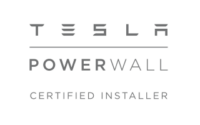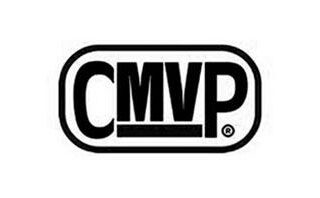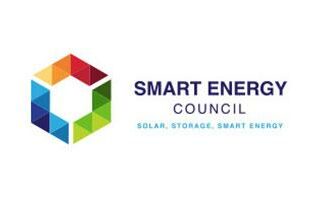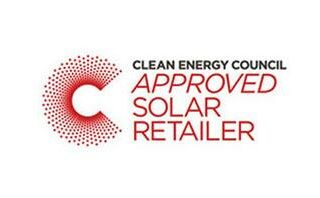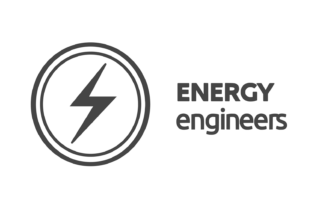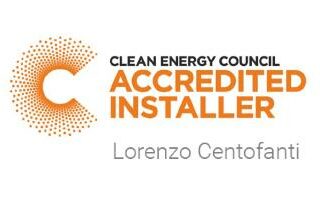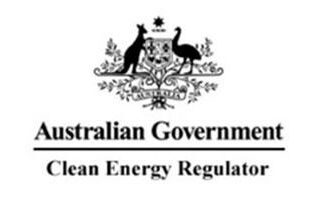Trusted by
Reduce Your Energy Bills With Solar Panels For Commercial Buildings
Reduce your energy bills and increase your profits with a solar system tailored to your business’ needs.
Our tailored solutions cater to your energy needs, reducing operational costs while minimising your carbon footprint.
At Sustainable Savings, we help you harness cutting-edge solar cell technology, ensuring optimal energy production. From warehouses to offices, our solar panels for commercial buildings seamlessly integrate, enhancing architectural aesthetics while generating clean power.
With government incentives and energy savings, now is your opportunity to embrace a greener future while enjoying reduced electricity expenses. Trust our expertise to design, install, and maintain a reliable solar system, empowering your business to contribute to a more sustainable environment.
Energise your commercial venture in South Australia by contacting a member of the team on (08) 7120 6366 today.
What Are The Best Types Of Solar Panels For Commercial Cuildings?
For commercial buildings, the best types of solar panels are those that offer high efficiency, durability, and suitable installation options.
Monocrystalline and polycrystalline panels are popular choices due to their efficiency and cost-effectiveness.
Monocrystalline panels tend to be more efficient in converting sunlight to electricity and require less space. Thin-film panels are flexible and lightweight, making them suitable for unconventional roof structures. However, they might have slightly lower efficiency. Bifacial panels, capable of capturing sunlight from both sides, can be advantageous if your building has reflective surfaces.
Ultimately, the choice depends on your building’s design, energy requirements, and budget considerations.
What Factors Affect The Cost For Solar Panels For Commercial Buildings?
The cost of solar panels for commercial buildings in South Australia can vary widely based on several factors, including the size of the installation, the type and quality of panels, installation complexity, and any additional equipment required such as inverters and mounting systems.
For a more accurate quote tailored to your needs, reach out on (08) 7120 6366 for more information or an obligation-free quote.
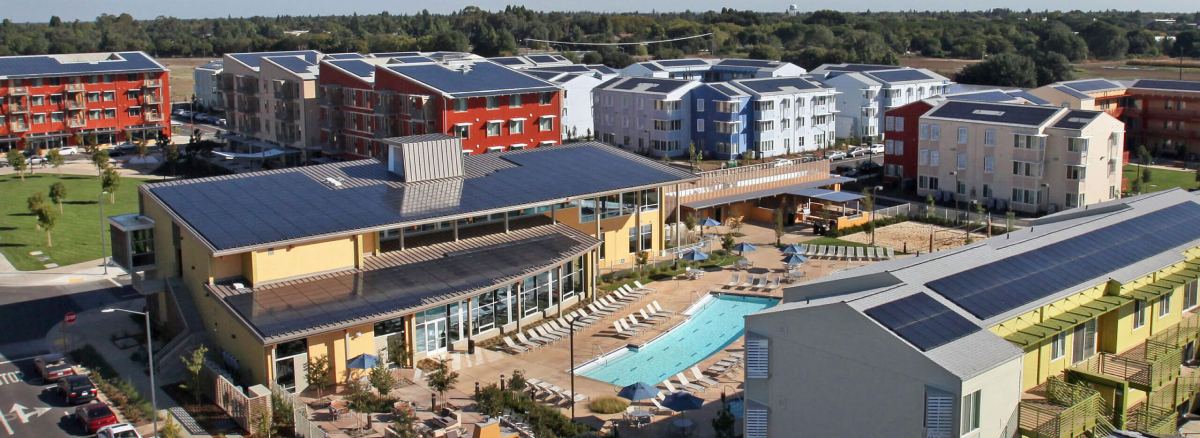
Commercial Solar Panel Benefits
Cost Savings: Solar power can significantly reduce electricity bills by generating free, renewable energy from the sun, leading to substantial long-term cost savings.
Reduced Operating Expenses: Lower energy costs contribute to improved profit margins, allowing businesses to allocate funds to other crucial areas.
Environmental Impact: Solar energy is clean and green, helping to reduce greenhouse gas emissions and your building’s carbon footprint, promoting sustainability.
Government Incentives: South Australia offers various incentives, rebates, and tax credits for adopting solar energy, making installation more affordable.
Energy Independence: Rely less on grid electricity and volatile energy prices, enhancing energy security and stability for your business.
Positive Image: Embrace sustainable practices and demonstrate corporate social responsibility, attracting environmentally-conscious customers and stakeholders.
Long-Term Investment: Solar panels have a long lifespan and require minimal maintenance, providing a reliable energy source for decades.
Increased Property Value: Solar-equipped buildings often have higher property values due to their energy efficiency and reduced operating costs.
Peak Demand Reduction: Solar panels can offset peak electricity demand, reducing strain on the grid during high-demand periods.
Enhanced Marketing: Businesses can use their commitment to renewable energy as a marketing tool, differentiating themselves in a competitive market.
Stable Energy Costs: Solar energy offers predictability in energy costs, mitigating the impact of fluctuating electricity prices.
What Is The Installation Process For Solar Panels For Commercial Buildings?
The installation process for solar panels for commercial buildings in South Australia generally involves several key steps:
Step One: Initial Assessment: Solar experts assess your commercial building’s energy consumption, roof structure, orientation, shading, and available space to design a suitable solar system.
Step Two: System Design: Engineers create a customised solar system design, including panel layout, inverter placement, and electrical wiring, ensuring optimal energy production.
Step Three: Permits and Approvals: Necessary permits and approvals are obtained from local authorities and utility companies to ensure compliance with regulations.
Step Four: Procurement: Panels, inverters, mounting structures, and other components are sourced based on the system design.
Step Five: Roof Preparation: The roof is inspected, repaired if necessary, and prepared to support the weight of the solar panels and mounting equipment.
Step Six: Installation: Solar panels and mounting systems are securely installed on the roof using appropriate fasteners and racking systems.
Step Seven: Wiring and Electrical Work: Wiring is laid out to connect the panels to the inverters, which convert the DC power generated by the panels into AC power usable by your building.
Step Eight: Inverter Installation: Inverters are installed in a suitable location, often near the main electrical panel.
Step Nine: Connection to the Grid: The solar system is connected to the electrical grid, and an inspection may be required before the final grid connection.
Step Ten: Testing and Commissioning: The system is thoroughly tested to ensure proper functionality and safety.
Step Eleven: Monitoring System Setup: If desired, a monitoring system can be set up to track energy production and system performance in real-time.
Step Twelve: Documentation and Final Approval: Documentation is prepared for any relevant incentives, and the system may undergo a final inspection and approval process.
Step Thirteen: System Handover: The solar system is handed over to you, and any necessary training on system operation and maintenance is provided.
Step Fourteen: Maintenance and Support: Regular maintenance, such as cleaning panels and checking for any issues, ensures the continued efficiency of your solar system.
How Many Watts Does A Standard Commercial Building Solar Panel Generate?
The wattage of a commercial building solar panel can vary widely depending on factors such as the type of panel, its size, efficiency, solar panels for commercial buildings typically ranged from 250 watts to 400 watts per panel. However, advancements in technology have led to the development of even higher wattage panels.
For example, monocrystalline panels often have higher efficiency and can range from 300 to 400 watts or more per panel. Keep in mind that the total wattage of a solar installation for a commercial building is determined by the number of panels you install and their individual wattages. A larger building with higher energy needs might require more panels with higher wattages to meet its energy requirements.
















